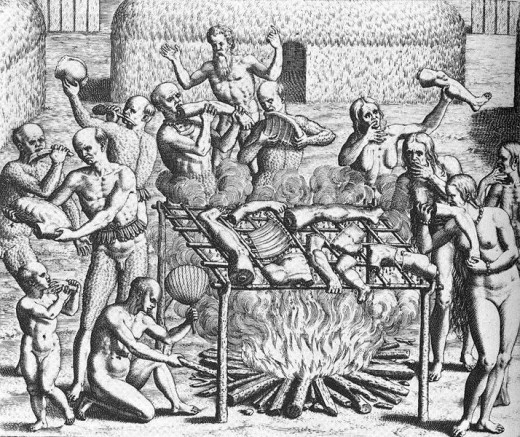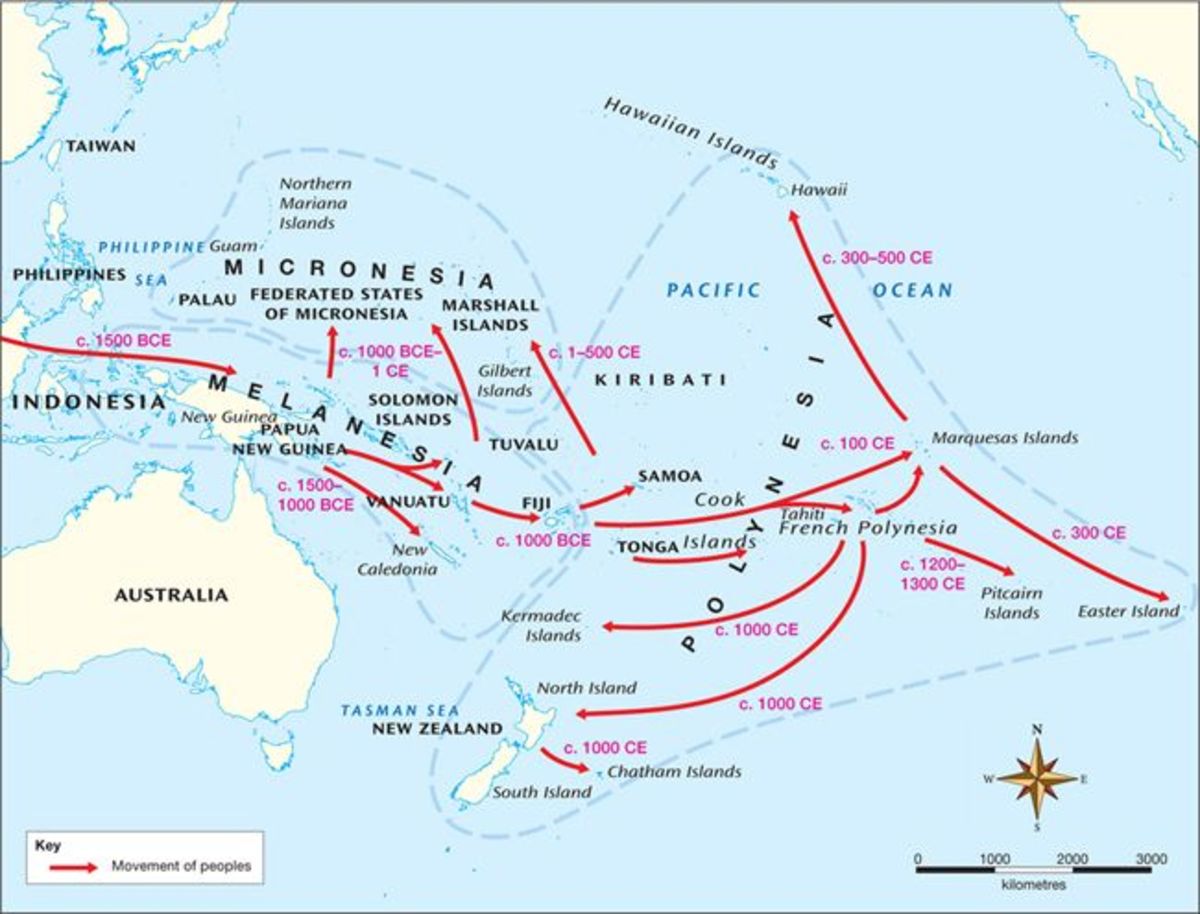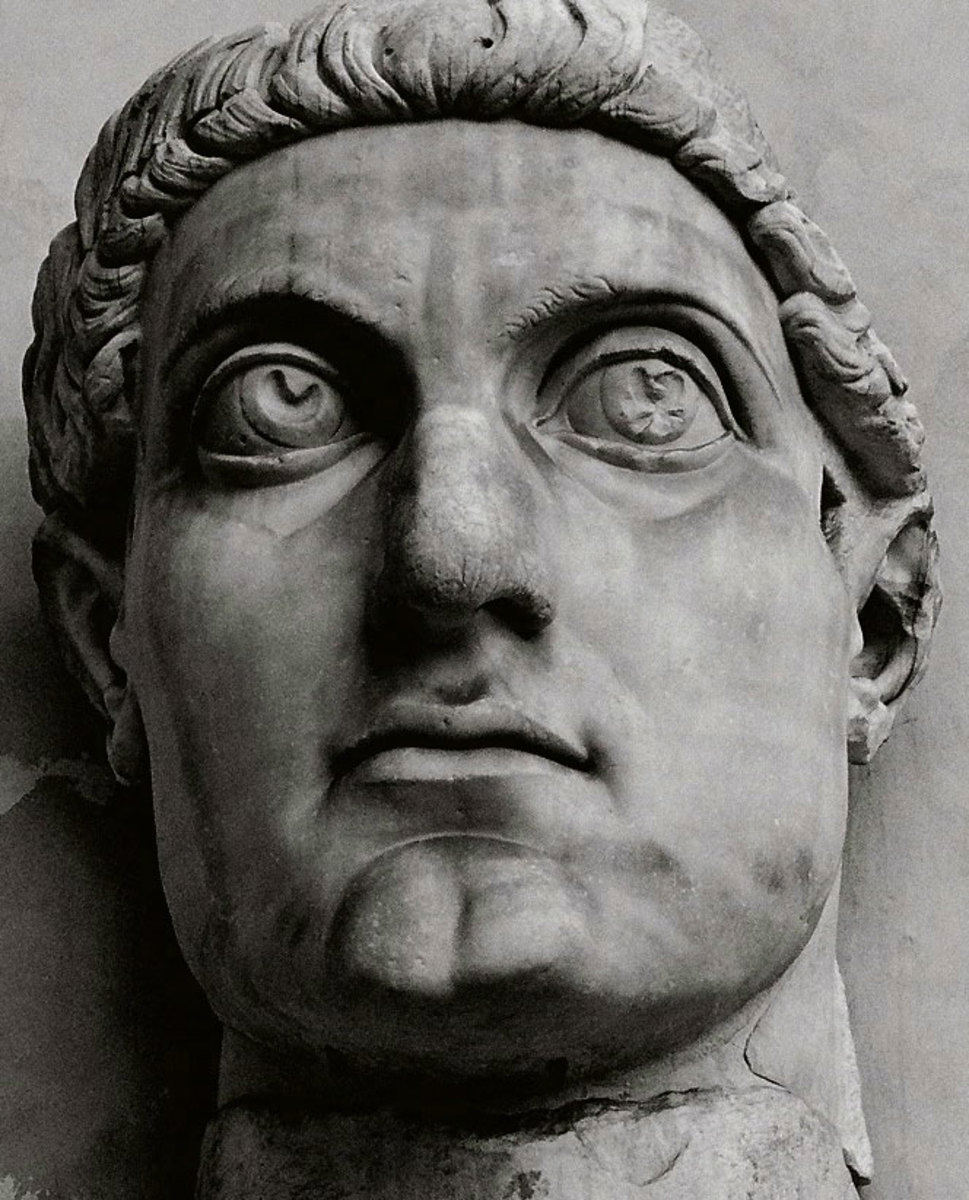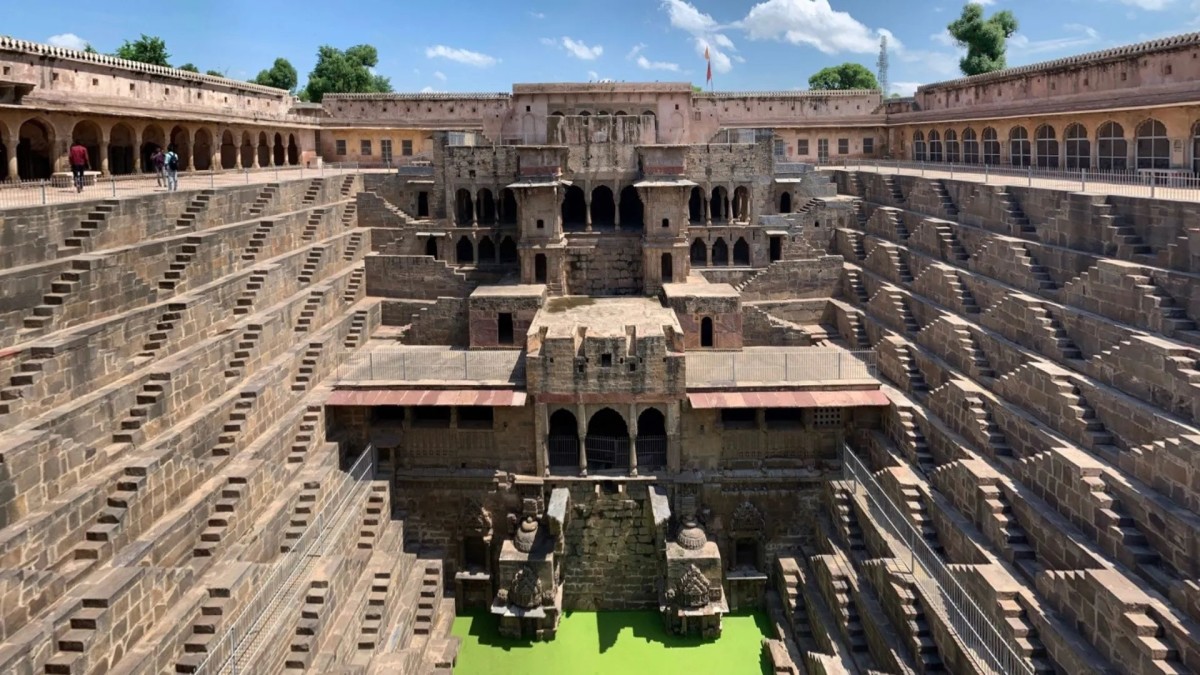Cannibalism and Christianity


When people think of Cannibalism they have a number of reactions. Most of us feel disgust. But we also experience fear and dread. Humanity today and in the past simply doesn't like the idea of being killed and eaten. Of course who could blame us?
However, it may interest some of you to know that it is a practice which is not confined to one region of the world. It has at one time or another been practiced everywhere around the globe.
There are several types of cannibalism, each associated with a specific reason for doing it. While we never condone it in our society, we do understand it happening under certain extreme circumstances. People surviving a plane crash by eating the dead, for instance. It’s happened more than once in recorded modern history, and cannibalism for survival probably happened quite a lot in prehistory.
It is thought that Neanderthal may have practiced cannibalism. But it is also thought from bone evidence that we killed and ate them at times.
But strangely the one type of cannibalism we fear most, that of a tribe with a taste for a human flesh like we might have for chicken or beef, was always rare. No.... Not as opposed to “well done.”
There are the tribes that did it to instil fear in their enemy. If you find your dead worriers half eaten by your enemy, it can be disheartening. Perhaps even disarming. The Maoris of New Zealand used it as an ultimate form of humiliation and dominance of their enemy. For Aztecs it was part of a prayer ceremony for worriers lost in battle. For some tribes in what is now France, cannibalism was thought to cure certain diseases. Though I am sure it must have spread some as well.
However, the most common forms of cannibalism were and are ritualistic in nature. That’s the kind of cannibalism I am addressing here today.
Ritual cannibalism is what is known as: “sympathetic magic”. In sympathetic magic, effect resembles cause. In other words, you can cause an effect by imitation. (Law of Similarity) The other side of it is that once things have been in contact with each other, they continue to have a connection even when separated; and distance is not a factor. This is called the “Law of Contagion”.
Physics calls it: “Entanglement.” Just kidding. But it is tempting to put the two ideas together. Never the less, the above is talking about ancient laws of magic, not physics. Voodoo works on these principals. The voodoo practitioner has to obtain something which belongs to his victim, or has been in direct contact with his victim, before he can perform magic or stick pins in a doll. In fact the doll must contain that item so that manipulating it affects the intended victim.
Almost every cannibalistic ritual has one or both of those elements. African cannibalism is often associated with witchcraft, which by definition has both.
There are a lot of ways to dispose of a body, and a lot of reasons that we have to when someone dies. In some cultures they use air burial. This is where the body is beaten to a pulp on a special stone, and the vultures devour it, bringing the person closer to the heavens. It should not be a great surprise that Melanesians employed cannibalism as a method for burial. It was thought to be much more respectful to the dead then burying people in the ground or burning them. It had the added advantage of keeping the dead alive in those who partook. While they ate they would express their grief and fear. (Law of Contagion)
In 1970 a tribe of 3000 people, the Korowai tribe, was found in Papua New Guinea. They had never been in contact with any other humans, and thought they were alone. They had practiced ritual cannibalism of the dead for probably a few thousand of years before Protestant missionaries came to the rescue.
The Wari are a tribe that used to eat their enemies in order to gain their strength. In eating, they made the enemy’s good attributes, their attributes. And each part of the body gave specific attributes. Eat a leg, you run faster, eat an eye you might see better, heart gives courage, etc.
Strange that beliefs like this only include the good attributes of the worrier. And even then, they didn’t do him much good if they didn’t help him survive. But superstition is rarely rational.
The Aghori had another twist. While they thought eating someone would transfer physical attributes like the Wari did, they also thought they gained spiritually. Like I said, they added bit of twist. They also drank human blood because they thought it could give them longer life.
It might come as a surprise to some that Vajrayana Buddhism practices ritual blood drinking. The monks have a painted skull they use in an enlightenment ritual. The skulls are said to belong to dead monks who had gained enlightenment, and so if you drink blood out of these skulls you can gain some of their knowledge.
The Knights Templar (who are a Christian sect) have a similar ritual, in which the skull is supposed to symbolize that of John the Baptist when blessed.
Of course we can’t forget mythical vampires who drink blood to gain and then maintain immortality.
As we can see, cannibalism and drinking blood played a part in a lot of religions, and some people would be surprised to hear that Christians practice a form of cannibalism even today.
John 6
52 The Jews therefore strove among themselves, saying: "How can this man give us his flesh to eat?"
53 Then Jesus said to them: "Amen, amen, I say unto you: unless you eat the flesh of the Son of man and drink his blood, you shall not have life in you. 54 He that eats my flesh and drinks my blood has everlasting life, and I will raise him up in the last day. 55 For my flesh is meat indeed, and my blood is drink indeed. 56 He that eats my flesh and drinks my blood abides in me, and I in him.
Later Jesus breaks bread and offers it to his disciples saying: This is my body. Then offers them wine saying: This is my blood.
Christians today practice the Eucharist where they eat a blessed wafer and drink wine. While there is a lot of debate about whether or not this is symbolic rather than literal, there is no difference between what cannibalistic tribes did for centuries, and what modern Christians do. The two elements of sympathetic magic are at play in the same ways in both cases.
The Christian is told to do this for several reasons depending on which book of the bible you want to read on the subject. In the supper event we see Jesus telling the disciples to do this to remember or commemorate him. But this is not a contradiction to what Jesus said before. He was clearly still alive and instructing his followers on how they should ingest him.
I tend to think Jesus meant it literally like the Catholics do. Their theory is called: Transubstantiation. It tells its followers that when blessed, the wine and bread become the actual flesh and blood of Jesus. The act of blessing actually transforms the material. This was decided at the council of Trent after long debate.
There was another side who favoured consubstantiation, which means that while the host and the wine remain what they are, they somehow, magically, connect the person eating it with Jesus. This was declared a heresy by the council of Trent, but became the official position of the Protestant churches after the reform.
Neither seem to suggest it is supposed to be thought of as symbolic.
There are those though who say that it is symbolic of taking in Jesus and the message of god. Eating it up, so to speak.
But Jesus himself seems rather adamant that it is not symbolism. In fact, in the original texts Jesus is said to use the word “trogo” which we translate to eat. But it really means gnaw, crunch or chew. Had he wanted to say eat in a less illustrative way he could have used the word: “phago”.
The other thing that fascinates me is that he always explains metaphors to his disciples. Mark 4:34 "But without a parable spake he not unto them: and when they were alone, he expounded all things to his disciples.”
But here he never tells them it is a metaphor. Many followers desert him at this point because he has made it clear it is not a metaphor. He even asks his apostles: “Does this offend you? Then what if you see the Son of Man ascend to where he was before? The Spirit gives life; the flesh counts for nothing. The words I have spoken to you—they are full of the Spirit and life. Yet there are some of you who do not believe.”
Protestants often say that when he says: “The Spirit gives life; the flesh counts for nothing.” that he is saying that his words were symbolic because he says the flesh counts for nothing. But he seems be to telling them to believe what he says if they want everlasting life. “Then what if you see the Son of Man ascend to where he was before?” He is saying: Are you offended by what I said? Then what if you see me go back to heaven? He is implying: Will you believe then?
The spirit gives life, the flesh counts for nothing, has to be taken with: The words I have spoken to you, they are full of the Spirit and life. The idea he has proposed to them is full of spirit and life. Flesh itself or this earthly life, means nothing. But for your spirit or soul to get to heaven you have to do this ritual which bonds you to him via the law of contagion.
Perhaps they took him literally after all, seeing as there was supposedly no body in his tomb. But be that as it may, the wine and bread ritual endured and no matter which side of the fence you are on in the debate of metaphor or literal, it comes to the same thing. The wafer and wine are supposed to magically create a connection with Jesus, and ensure everlasting life
This is what so many ritual cannibalistic beliefs were based on. They were about an enduring connection to the dead. Making other people and their attributes part of yourself for your personal gain, or to allow them to live in you. Jesus says as much: “56 He that eats my flesh and drinks my blood abides in me, and I in him.”
So ritual cannibalism wasn’t as horrible as we now believe. We even still practice it in most Christian churches. And like vampires who drink blood to attain and maintain everlasting life, the Christians drink the blood of their god for the same reason. I see no difference in the pattern, only in the specifics.
I’ve written many hubs on the desire people have to make others, as well as things and skills part of themselves. I’ve also mentioned the fact that love is exactly that: a desire to make someone else a literal part of you. It is funny that this tendency in human beings is a pattern that we see in so many aspects of existence. Even cannibalism.









